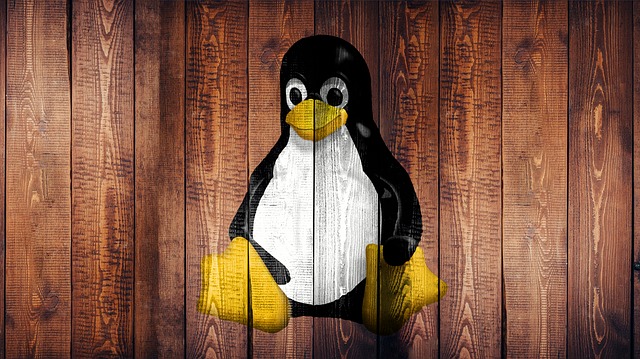Let’s assume that you already have Windows OS installed, and now you only need to install Linux to dual boot. First off, if you are a novice, please do not attempt this because you will need some technical knowledge to get it done. Second, always backup your data first… Always. Third, if this is your only computer, I really suggest installing a second hard drive and then installing Linux on it. You would need to switch hard drives via the Bios but I don’t mind.
Step 1 – let’s deal with the Bios settings first
Unfortunately, the BIOS of most computers is configured explicitly for Windows. So you need to go to the boot menu, disable secure boot and move the bootable USB flash drive as the first boot sequence option. Finally, save the changes and exit the BIOS system.
Step 2 – Boot into Live Linux session
You need to Boot into the Live Linux session, which at this point, should be in your USB drive. To do this, you insert the USB drive with the Linux Mint installer and then restart your computer. Most of your Linux based Distros like Ubuntu, Arch, Fedora, Budgie, and CentOS have nearly identical install procedures.
The startup will boot into the USB first, and then the install wizard will ask you if you want to install Linux mint alongside the Windows OS. Choose this option, and the wizard will start running.
Step 3 – Use Gparted Actually to Shrink the Windows partition.
Most Linux installs options will have Gparted installed, so you will use it to shrink the windows partition to create some space for Linux in your hard drive.
Step 4 – Create Space for your Linux Install
Partitioning your Windows hard drive is similar to the one above. In most cases, there is an EFI partition. This means that Linux also needs to be installed in EFI mode.
To shrink partition, you need to select the largest partition, click the GParted Partition menu, and choose Resize. Resize partition to GParted to free up space. All white slots are free. Therefore, you can shrink the partition using the mouse or by choosing the exact size you want. After applying the resize, you can see what the partition will look like.
Step 5 – Install Linux
To install Linux, click the install icon on the desktop or menu. The installation process is relatively standard. We recommend that you include third-party software in your installation of Linux Mint. As mentioned earlier, you can automatically install Linux on Windows, but I prefer the manual method personally.
Create a Linux partition
The new screen shows the partitions on the hard drive. You must select the free space created in the previous step. Then use the add option to create a Linux partition in this open space. You can leave all options as default here, but more importantly, it must be assigned as the mount point for that partition.
Remember to choose the EFI partition and then install the Bootloader, which is installed on the EFI partition.
Finally, make sure to format only the new Linux partition in the “Format” column. If you select other partitions for formatting, please remember that all data stored in these partitions will be lost. If everything is ok, click “Install.”
Finish the installation
During the system setup process, select a location, enter user information, set a password, configure new users, and wait for the system to install. Don’t forget to reboot the system after installation and remove the installation USB when prompted.
Boot the new system
After restarting, this GRUB menu will be displayed. You can choose between Linux and Windows here, which will start in 10 seconds by default. And that’s it, you have created Dual boot Windows and Linux.
